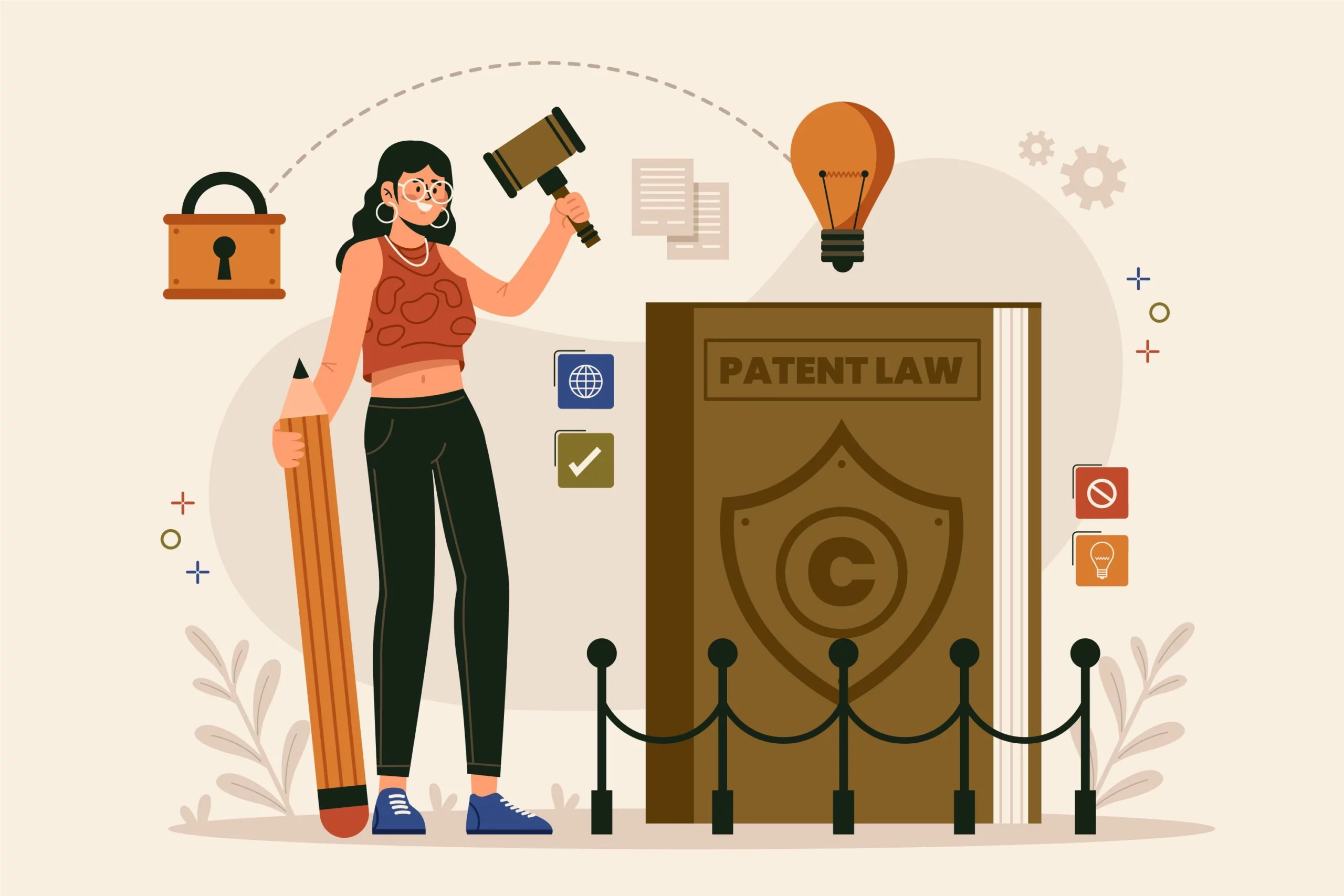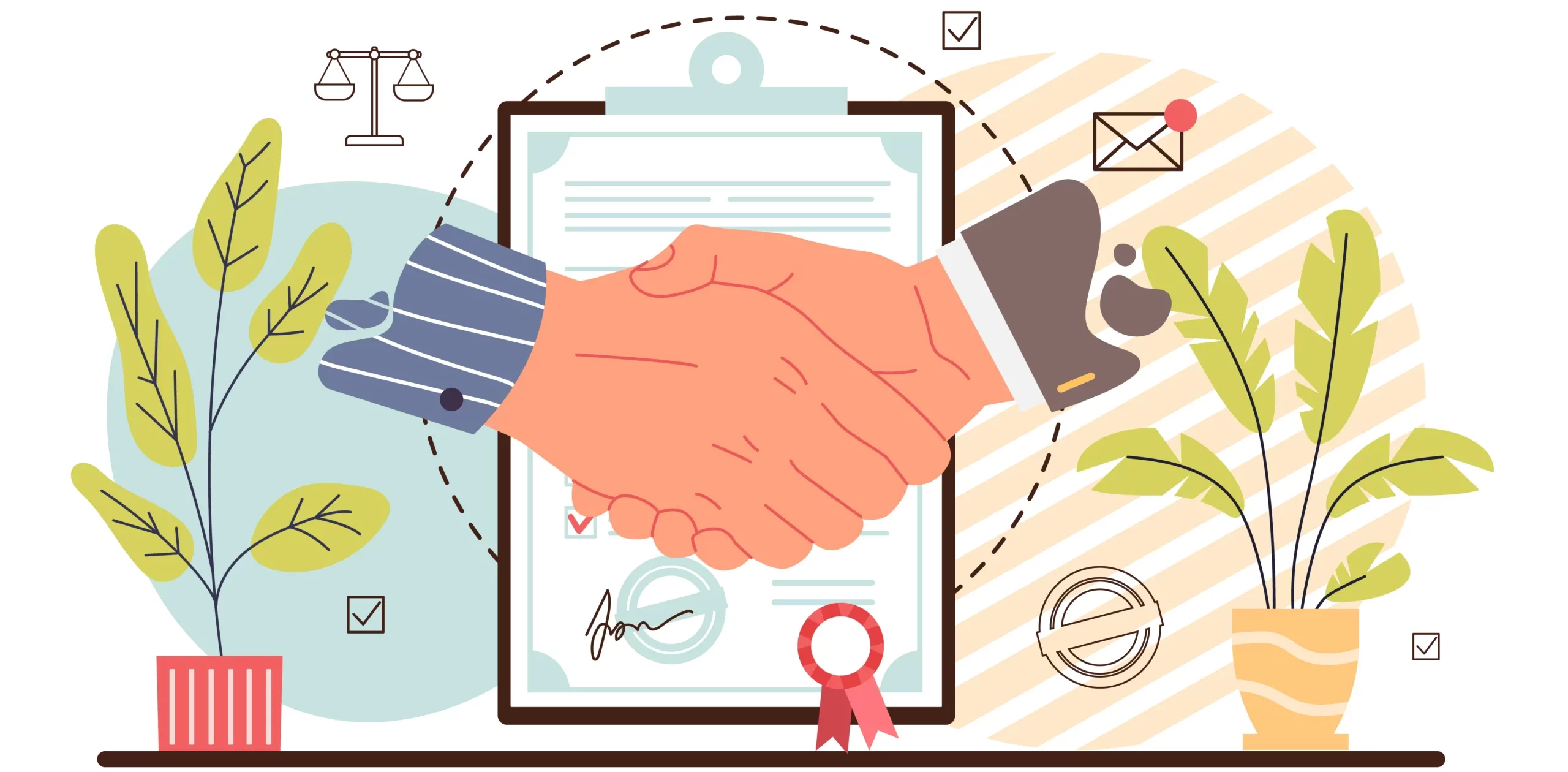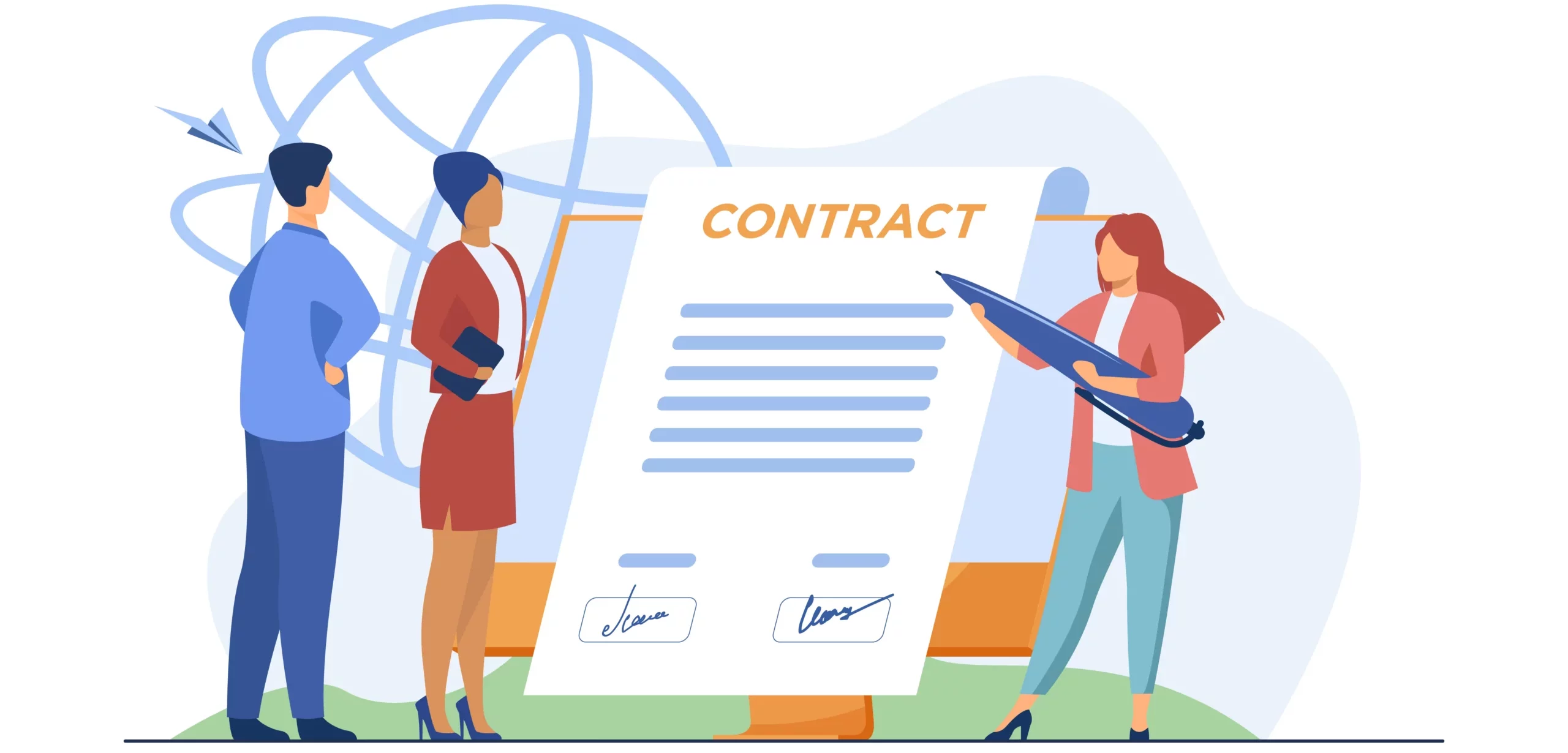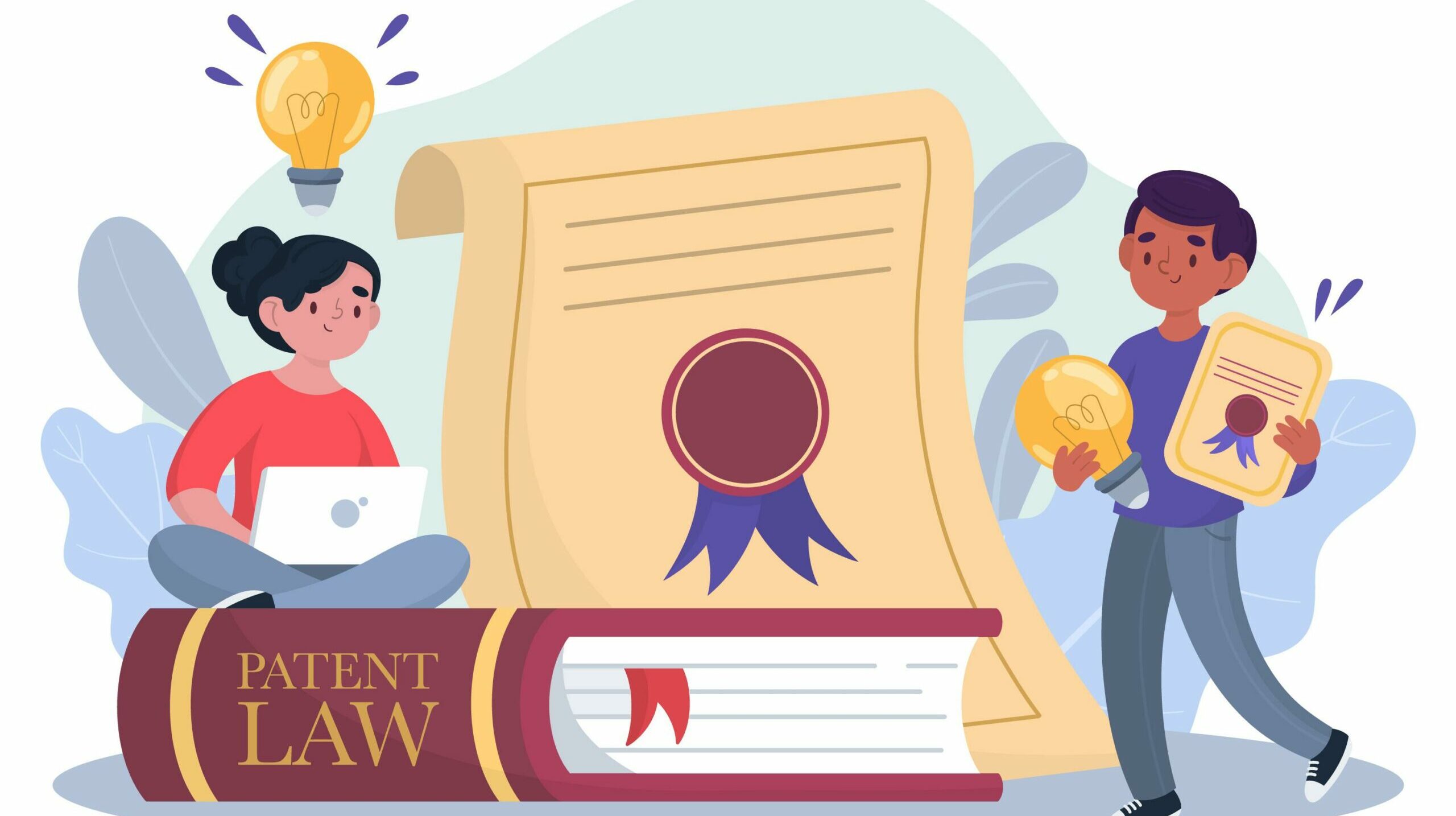Jan 29, 2025
In today's economy, new ideas are very important. Patents are helpful for protecting inventions. They keep the rights to creations safe and help technology grow. Patents let innovators protect their work and also share knowledge. But, the world of patents can be confusing. There are different types of patents, complex steps to apply, and many legal things to think about. This guide will look at the types of patents, how they work, the steps to get them, and the laws that support them.
Types of Patents

Patents are classified by the type of invention they cover. Each type serves a specific purpose and gives unique benefits to inventors and businesses.
1. Utility Patents

Utility patents are the most common kind of patent. They protect new and useful inventions. These patents cover many types of ideas. This includes machines, processes, products, and mixtures. They also cover important improvements to current tech. People really value utility patents. They often help push major advances in different industries.
Key Features:
Duration: It normally lasts for 20 years from the date you file. This is because you pay the required fees. The invention must be new. It should not be obvious. It also needs to be helpful.
Examples of utility patents are phones, advanced medical imaging tools, and new software methods. Utility patents are important for encouraging new ideas in fields like healthcare, information, manufacturing, and clean energy. They allow inventors to have the exclusive right to profit from their inventions and support the development of new advancements.
2. Design Patents

Design patents protect the appearance of useful objects. They are different from utility patents, which focus on how things function. Design patents keep the special look of a product safe. This way, no one can copy its distinct style without permission. These patents matter a lot in businesses where a product's look makes it sell better.
Key Features:
It usually lasts for 15 years from the date it is given in the United States. Looks only at how the object appears, not at how it functions. Examples are the special design of a smartphone case, comfy furniture designs, and fun product packaging. Design patents help businesses keep their product designs safe. This makes them stand out and build strong brand identities in competitive markets.
3. Plant Patents

Plant patents protect new kinds of plants that are grown without seeds. These patents matter in farming and plant science. They help make new plant types that can produce more food, resist diseases, and support a healthy environment.
Key Features:
Lasts 20 years from the filing date. Examples include different plants, changed crops, and decorative flower kinds.
Plant patents are very important for farmers and researchers. They provide legal cover for the time and money spent on developing better plant types. This cover supports new farming ideas. It is key to ensuring enough food around the world and to helping the environment.
Related Articles:- What is a Privacy disclosure agreement? A Comprehensive guide
How Patents Work
Patents give inventors special rights for their inventions. This means they can stop others from using, making, or selling their work without permission. This support helps them be unique and inspires new ideas. It pushes people to research and develop more.
Rights Conferred by Patents

A granted patent allows the inventor to: The patent holder can prevent others from making, using, selling, or sharing the invention without permission. This ability creates a wall against competition.
Monetize Inventions: Inventors can license their patents to other companies. They can also sell them completely. This allows inventors to make money and recover their research and development costs.
Strengthen Market Place: A patented invention helps sell things in a unique way. It can boost a business's position in the market and enhance its reputation. Inventors must share the details of their inventions in exchange for these rights. This sharing helps everyone and encourages new ideas. Others can use what is known to create even more.
Related Articles:-Contract Termination: Tips to Avoid Legal Issues
The Patent Process

The process of getting a patent is hard and needs careful planning. It includes clear paperwork and following the legal rules. Here are the steps that show how to go from having an idea to getting a patent.
1. Invention Disclosure

The first step to getting a patent is to write down your invention clearly and in detail. This means:
To describe the invention, explain what it is used for and how it functions. Share what makes it unique. You can include drawings, diagrams, and prototypes to make the information clearer.
Ensuring Eligibility: Verify that the invention is new, useful, and not easy to figure out. These points are important for getting a patent. They must be backed by proof and careful review.
2. Patent Search

A full patent search is important to see if the invention is truly new. This includes:
Using Patent Databases: You can search databases run by the United States Patent and Trademark Office (USPTO), the World Property Organization (WIPO), and the European Patent Office (EPO).
Engaging Professionals: You might want to hire a lawyer or agent to search for earlier ideas. Their skills can help find any problems. This will lower the chance of your application being refused.
3. Drafting the Patent Application

The patent application is an important paper. It explains the protection you seek. The key parts are:
Give a simple explanation of the invention's technical details. Describe how it works and what makes it special.
Claims: Clearly explain the parts of the invention that need help. Write claims carefully to avoid confusion and to ensure they can be enforced. Drawings and pictures can show the different parts of the invention. They make it easier to understand the application.
4. Filing the Application

Once you get the application ready, you need to send it to the correct patent office. Here are some important things to think about:
Choosing the Filing Type: You have two options to pick from. A provisional application gives you an early filing date. It also gives you 12 months to submit a full application. A non-provisional application begins the formal review process.
Choosing where to send your application is important. You should send it to the right office. In the United States, that office is the USPTO. For Europe, it is the EPO. You can also pick other national offices. If you want support in several countries, consider filing under the Patent Cooperation Treaty (PCT).
5. Examination

The patent office looks at the application closely to see if it follows all the legal and technical rules. This process includes:
Review by Examiners: Patent examiners look at the invention to make sure it is new, not obvious, and helpful. They can send letters about issues that need a response.
Applicants need to reply to the examiner's feedback. This could involve changing some claims or adding extra documents.
6. Approval and Grant

If the application is complete and follows all rules, the patent is granted. The inventor receives a patent certificate. The invention also goes into the public patent database. To keep the patent active, regular fees must be paid.
Related Articles:- What Does Litigation Mean? Definition & Meaning
Legal Aspects of Patents

The rules about patents are not simple. They touch on several areas, like where they can be used, how to enforce them, contracts, and ways to solve problems. It is important for inventors and businesses to understand these legal details.
1. Territorial Rights

Patents are focused on certain areas. They only guard ideas in the countries or regions where they are granted. To have protection in other places, inventors can apply one at a time in each area, or they can use the Patent Cooperation Treaty (PCT). The PCT allows them to submit one international application, which makes it simpler in many countries.
However, problems can arise because of patent laws, how they are enforced, and the steps to get them can vary in each location. Even with these challenges, systems like the PCT help protect important ideas across the globe.
2. Enforcement

Patent owners need to defend their rights in several ways. Courts can give injunctions. These are orders that stop wrongful actions. Damages pay for losses from the wrong use or without permission of patent ideas.
Settlements are deals that help solve issues without needing to go to court. For them to work effectively, people usually need to pay close attention to rule-breaking and have solid legal plans.
Big cases, like the legal battles between companies like Apple and Samsung, show how important it is to follow patent rights to protect new ideas.
3. Contracts and Licensing

Patents often include legal agreements that explain how the rights can be used or given to others. Common types of agreements are licensing agreements. These allow other people to use the patent for fees or other benefits. There are also assignment agreements. These change patent ownership to another party, usually for a one-time payment.
Non-Disclosure Agreements (NDAs) are important for protecting private information during talks or teamwork. Good licensing plans can create new ways to make money and build connections that speed up new ideas.
For example, drug companies often share their special medicines. This helps people around the world get what they need while still making money.
4. Litigation and Dispute Resolution

[caption id="attachment_15533" align="aligncenter" width="2560"] Law justice isometric composition with a criminal trial in a courtroom on the bible with witness judge and policeman vector illustration[/caption]
Patent problems can happen due to issues like copying, doubts about its truth, or fights over who owns it. Fixing these problems usually needs one of the following ways:
Litigation is when people go to court. They do this to claim their rights or to question if a patent is real.
Arbitration is a private process. A third party helps solve the disagreement and makes decisions that must be followed. Mediation is different. It is a way for the people involved to negotiate with help from a mediator. In mediation, the outcome is not legally required.
Each method has its benefits. This depends on how complicated the dispute is.
5 Patent Term Extension and Maintenance

Patent owners need to keep an eye on how long their patents last. Most patents last about 20 years in many places. To keep their rights, they need to pay fees on time. If they do not pay these fees, the patent could end, and they might lose their rights. In some countries, like the United States, there are options to extend patents. This is often true for medicines. These extensions help cover delays in long approval processes, like clinical trials. This way, creators have enough time to benefit from their ideas.
6 International Patent Protection

Getting international patent protection can be difficult, costly, and slow. Still, it is often very important for businesses that want to sell their products globally. Each country has its own patent rules. A patent granted in one country does not automatically apply in another.
Patent Cooperation Treaty (PCT): The PCT is a way to make the process of getting a patent easier in different countries. With this treaty, inventors can submit one patent application that more than 150 member countries accept. The PCT does not give a global patent, but it makes it simpler to file. It also helps inventors keep their chances for support in several areas.
Regional Patent Systems: Some places, like the European Union (EU), have regional patent systems. One example is the European Patent Office (EPO). These systems allow inventors to send one application. This helps them get a patent in several member countries.
7 Patent Infringement and Litigation

Patent infringement occurs when another person makes, uses, sells, or brings a protected invention into a country without the patent owner's permission. Patent owners must watch how their inventions are used in the market. This helps them find out if someone is violating their rights.
Infringement can cause legal actions, like:
Injunctions are orders from the court. They instruct a person who is breaking the law to stop using the invention that is patented. Damages are money that can be paid to the patent holder for any loss caused by someone else breaking the rules. This can include actual losses and maybe extra money allowed by the law, depending on the case location.
Legal Costs: Sometimes, the winner can also recover the money spent on legal fees.
Patent Litigation: The legal process for patent cases can be slow and expensive. Often, problems related to patents get settled using ways like mediation or other methods to work out disagreements. If a trial is necessary, it involves presenting evidence, debating if the patent is valid, and determining if someone has broken the rules. These cases can take place in regular courts or special patent courts, depending on where the case is.
Patent Trolls: A major concern in patent law is the rise of "patent trolls." These are companies that obtain patents only to sue others for violation. They often do this without producing or selling an actual product. This issue has led many countries to seek changes in patent laws to prevent silly lawsuits
8 The Role of Patent Attorneys

Patent law is not simple, and getting and protecting patents can be hard. Patent attorneys play a key role in this area. They assist inventors with the application process. This involves doing patent searches, creating the application, and making licensing agreements. Patent attorneys also support their clients in court and guard their rights.
9 Patent Strategy and Business Considerations

For businesses, patents do more than protect new ideas. They play an important role in their plans. A good set of patents can: Attracting investment is important. Patents can make a company more valuable. They can also attract investors, especially in fields like medicine, biotech, and software.
Use Patents for Partnerships: Patents can help build teamwork and projects with other companies. This can create growth and openings in bigger markets.
Strengthen Market Stand: Patents can make it hard for competitors to get in. This helps a company keep its spot in the market. Patents have many benefits, but they require good management. Companies must consider the costs of acquiring and maintaining patents. They should weigh these costs against the earnings they can get from licensing, selling products, or forming partnerships.
Conclusion
The world of patents is not simple. There are many types, steps, and legal things that inventors and businesses must manage. They gain special rights for new technologies and deal with patent issues in court. The patent system is important for protecting ideas and helping development in many areas. By understanding the different kinds of patents, the ways to obtain them, and the legal concerns, inventors can make good choices to keep their ideas safe and work well in the market.
Knowing about the patent system is important whether you are starting a new business, running one, or doing research. It helps you make the most of your ideas. Patents give you good protection. However, using them takes planning, legal skills, and careful attention. You need to focus on these things in today’s fast-moving market.
About the Company
Volody AI CLM is an Agentic AI-powered Contract Lifecycle Management platform designed to eliminate manual contracting tasks, automate complex workflows, and deliver actionable insights. As a one-stop shop for all contract activities, it covers drafting, collaboration, negotiation, approvals, e-signature, compliance tracking, and renewals. Built with enterprise-grade security and no-code configuration, it meets the needs of the most complex global organizations. Volody AI CLM also includes AI-driven contract review and risk analysis, helping teams detect issues early and optimize terms. Trusted by Fortune 500 companies, high-growth startups, and government entities, it transforms contracts into strategic, data-driven business assets.








